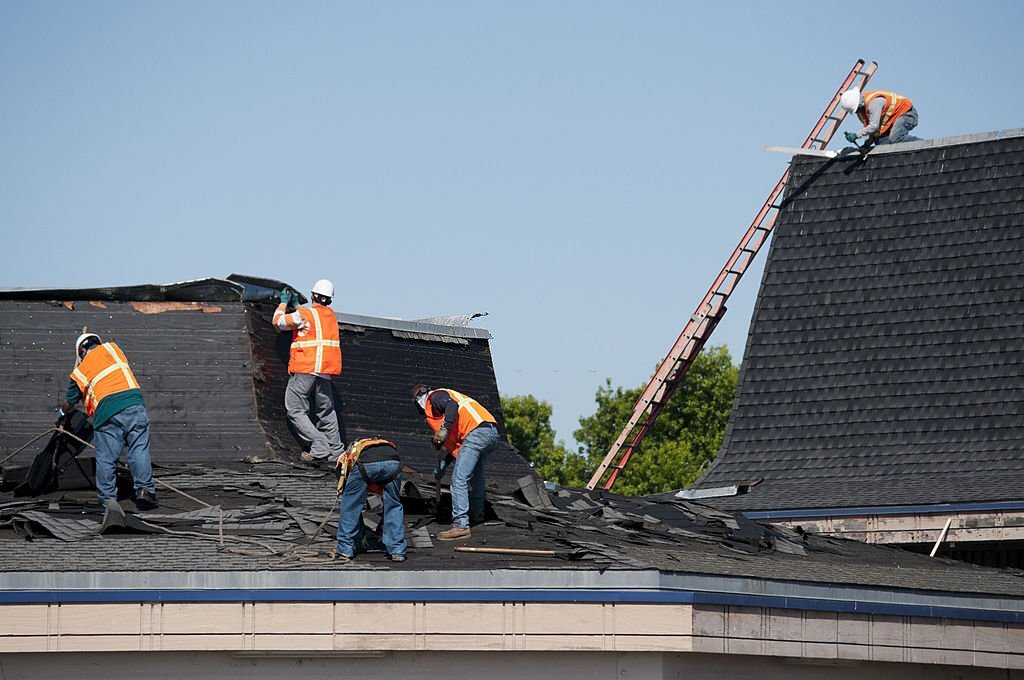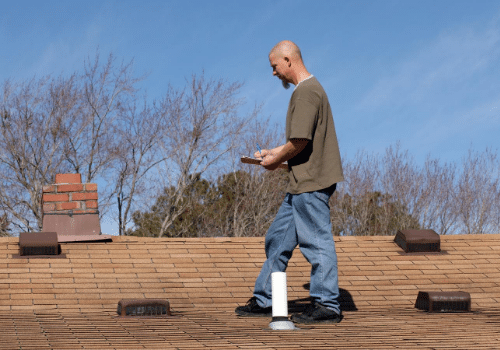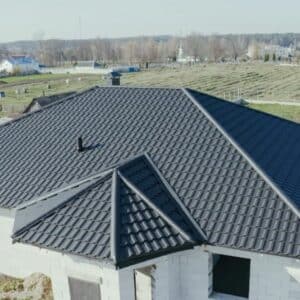
Inspecting every part of a house by just walking around it carefully is simple. Sadly, determining the true state of the roof over your head is not that simple.
In order to prolong the period until you need to replace your roof and to save money on repairs in the long run, it is essential to conduct frequent inspections of your roof.
This article will show you the real worth of routine roof inspection, helping you save money and safeguard your property in the long term.
What Exactly is a Residential Roof Inspection?
The most solid and long-lasting roof might nevertheless have flaws. If you want to keep your residential roofing structure in good shape, you should check the roof at least twice a year, particularly after heavy precipitation.
The primary goal of a roof inspection is to identify problem areas and weak points. Some of the most typical roofing issues are loose, damaged, or missing shingles; tiles with blistered, curled skin, damaged or missing; shingles in the hip and ridge areas; the roof needing enough ventilation so that it can “breathe”; water pooling because of a depression, a blocked drain, a crack in the flashing, etc.
Roof Inspection Checklist
1. Take a Look at Your Roof
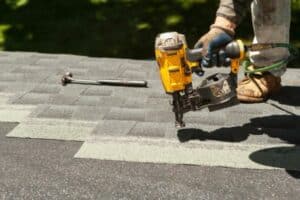
A roof’s materials shouldn’t bubble or seem twisted, and neither should the roof’s sides. If so, it’s a solid indicator that there’s roof damage. (Interested in more common ways you know your roof is damaged from looking at the ground? Check out our 7 signs you need roof repairs article.)
2. Look Over the Roofing Supplies
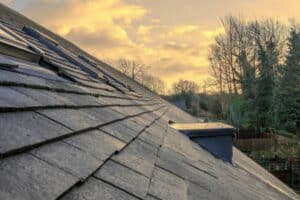
Roofing Repairs may be necessary if things have started to appear worn or damaged. When they become old and stop working properly, though, a complete roof replacement may be the best option. Improvements in roofing technology have resulted in attractive and sturdy new options. Using high-quality components is recommended.
Roofing materials, including asphalt shingles, slate, metal, clay, and concrete, should be carefully considered and analyzed before being utilized. Appearance is crucial, but in this instance, so is durability.
3. Keeping an Eye on the Flashing on Your Roof
This is crucial if you want to prevent water damage inside your house. Water seeping into the space between the flashing and the roof manifests as rust, warping, and cracking. Leaks within the house become noticeable if not addressed.
4. Verify the Downspouts

It will instead seep down to the sheathing or roof deck, increasing the likelihood of mold growth and water damage.
5. Before you Throw Anything Out, Have a Look Up There
When checking the attic, make sure the insulation levels are right and that it’s in excellent shape. An inspector’s first focus will be on finding any evidence of bugs or other unwanted animals, since they greatly increase the likelihood of roof leaks and damage. As an additional consideration, make sure the attic has enough ventilation and circulation.
Because of the difficulty that homeowners may have in accessing certain portions of the roof, it is advised that a professional do the inspection.
6. Assure There Is No Mold or Rot by Conducting a Check
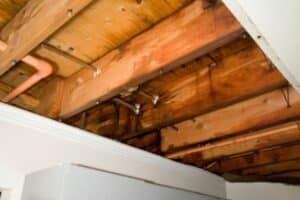
The condition of the roof may be estimated after the inspectors have looked at both the inside and outside of your property. There might be a lot of work to fix up. Fix the problems right now, before the harm becomes irreversible. Acting now, before the cost and effort increase, is a far better idea.
It’s no one’s dream to have to pay for expensive roofing repairs down the road. So, if you want the finest results from your roof, you should listen to your roofer’s advice.
Key Takeaways: Why Regular Roof Inspection Matter
Key Takeaways: Why Regular Roof Inspections Matter
Checking the residential roof regularly is a vital component of being a homeowner – it helps you get the most out of your roof installation. A roof problem usually starts off seemingly innocuous, like sagging pipe supports, but eventually leads to a more serious issue, like perforation and leaks.
If you can have someone familiar with the warning signals take a look, the problem may be fixed before it gets out of hand.
Keeping up with regular roof inspections is also a requirement of many roofing warranties. Your warranty may be nullified if you are unable to provide evidence that you performed such an action.
Residential roof inspections aren’t simply for spotting potential issues in their early stages; they’re also an opportunity to change any habits that may be causing unintended damage to your roof. The average homeowner probably doesn’t think to examine their roof, and if they do, they may not find any damage for a while. Therefore, a roof inspection is something that should never be taken lightly.


